This shy grizzly bear was spotted at Katmai National Park in Alaska. If you’re into encountering a grizzly not too far from your campsite, then this is the place I suggest you go. This wildlife photographer got a lovely chance to see a grizzly up close.
The Photographer

Nate Luebbe describes himself as a photographer, cinematographer and most importantly a nature nerd. You can find him exploring stunning landscapes and wildlife, traveling and doing adventure photography.
The Scene

He was camping in Katmai National Park in Alaska when he spotted a large grizzly bear just feet away. What an incredible sighting. I would be shocked frozen if this happened to me. He seems to stay rather calm and geniusly keep a tree between him and the bear at all times.
Katmai National Park

Located in southern Alaska on a peninsula is Katmai National Park and Preserve. Its untamed environments include mountains, lakes, forests, and tundra. The park is well-known for the large number of brown bears that visit Brooks Falls because of the plentiful salmon.
What do grizzly bears eat?

Grizzly bears are omnivores, eating both plants and animals. They consume berries, roots, fish and small mammals. Evidently in summer they hunt for salmon, while in fall, they eat more berries and nuts.
How large do grizzly bears get?
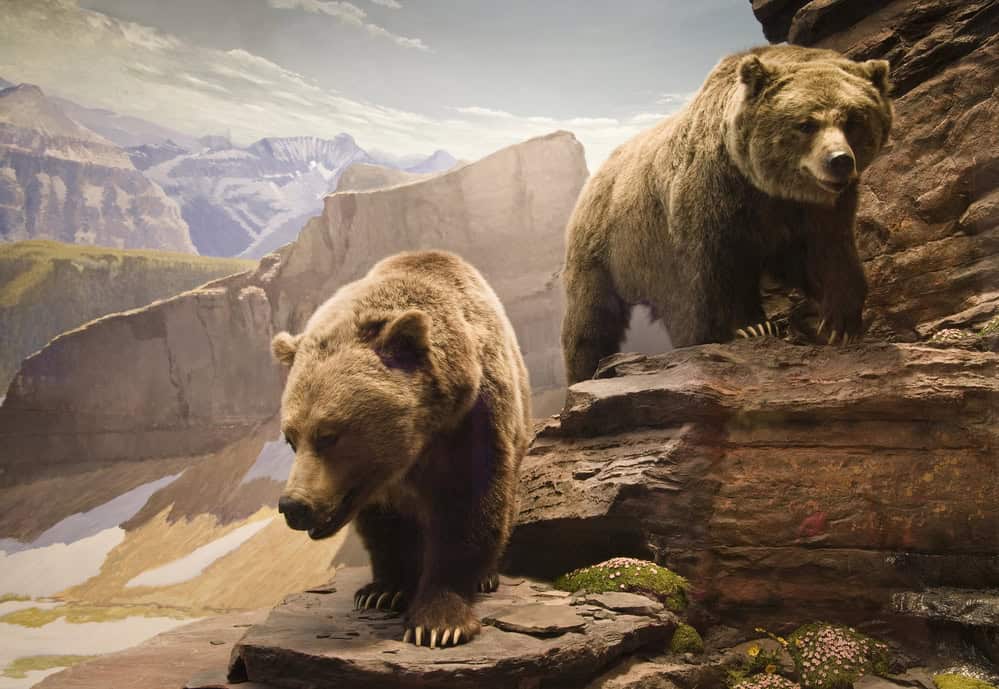
Male grizzlies can weigh up to 600 pounds, while females are smaller, usually weighing between 300 and 400 pounds. They can reach lengths of up to 7 feet and stand 3.5 feet at the shoulder.
Where do grizzly bears live?
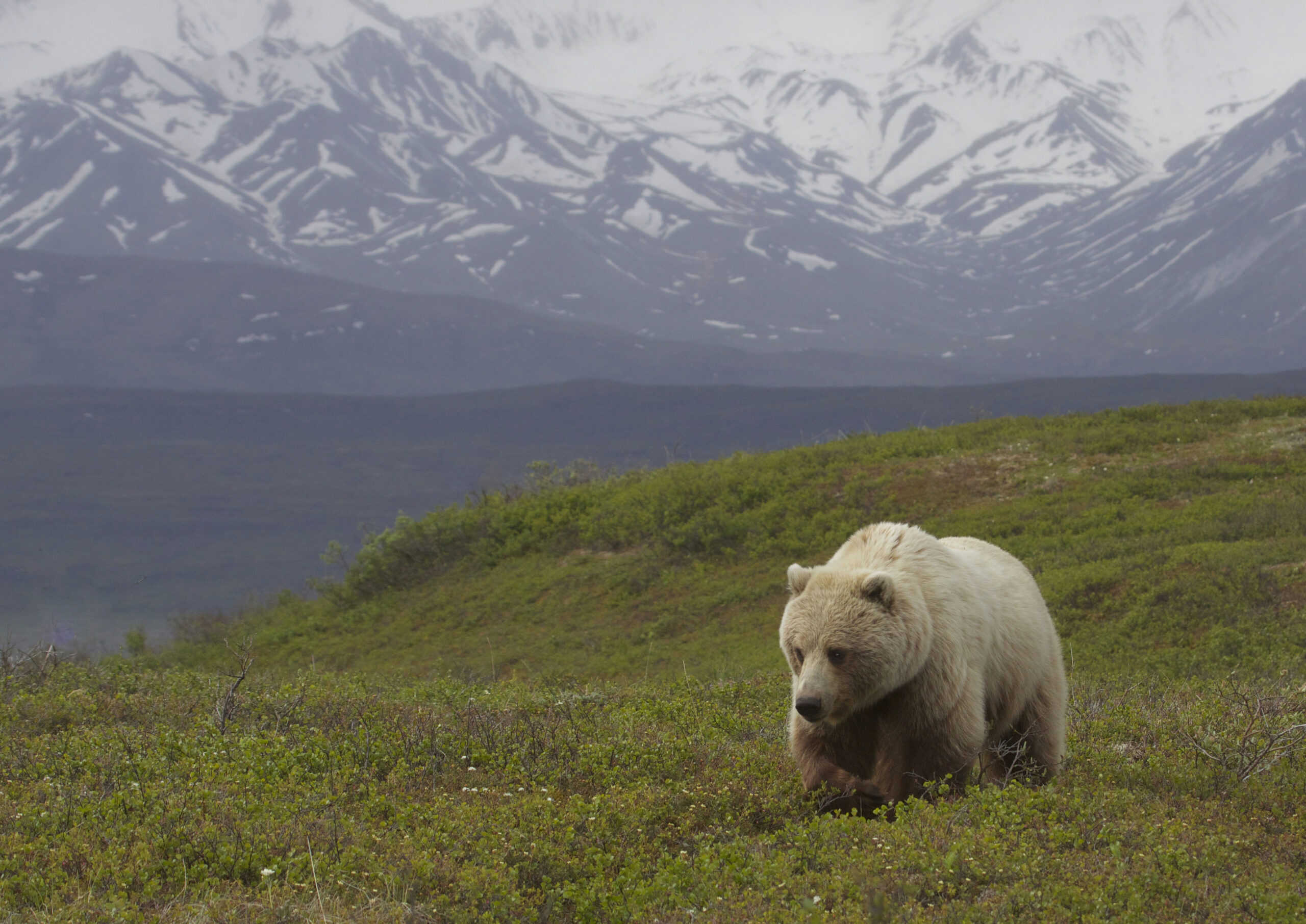
Grizzly bears live in North America. They are found in Alaska, Canada and the northwestern United States. They prefer remote areas with dense forests, alpine meadows, and river valleys.
How long do grizzly bears live?
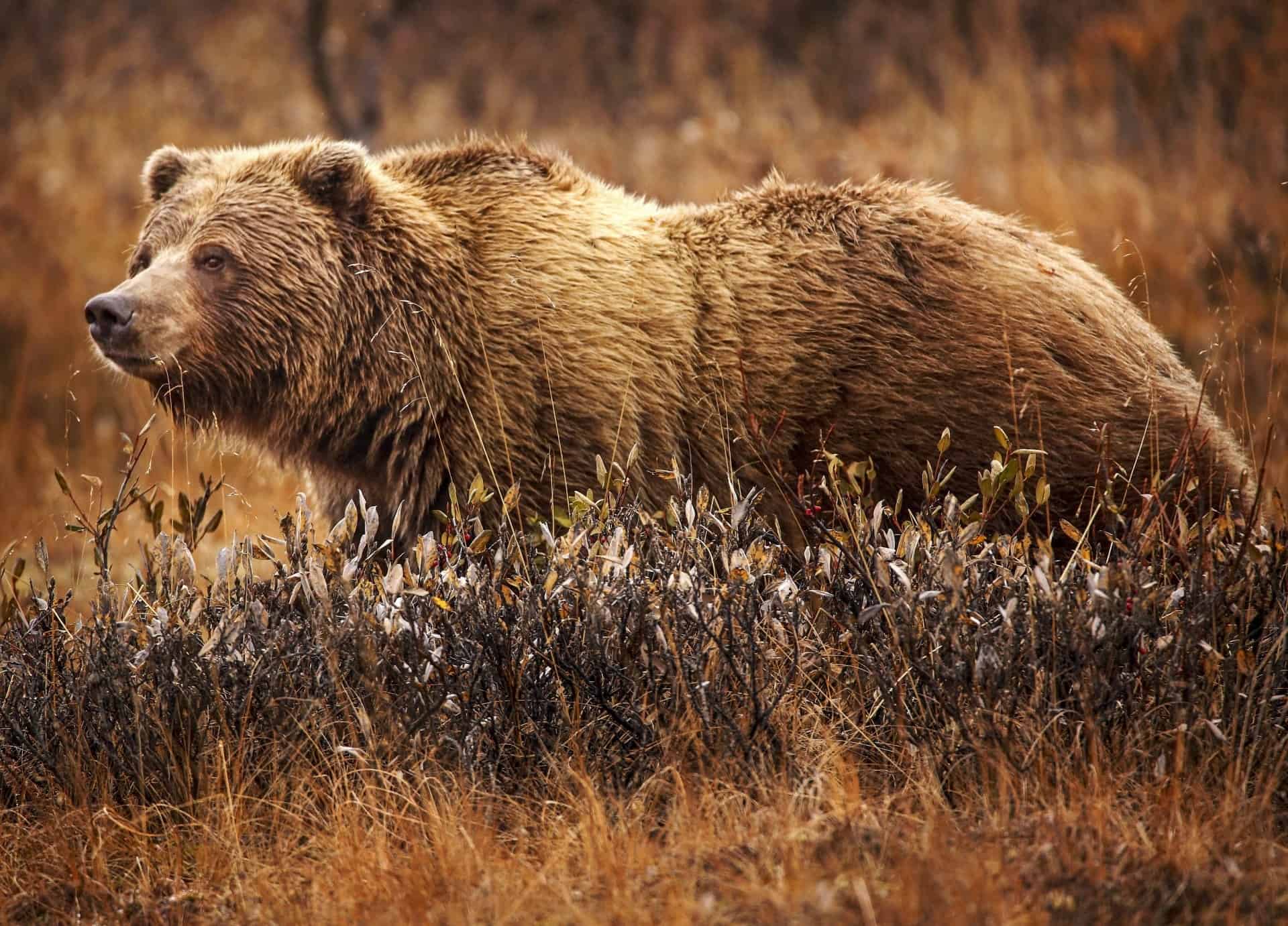
In the wild, grizzly bears can live up to 25 years. In captivity, they might live longer due to regular food supply and medical care. Generally their lifespan depends on food availability and human threats.
Are grizzly bears dangerous to humans?
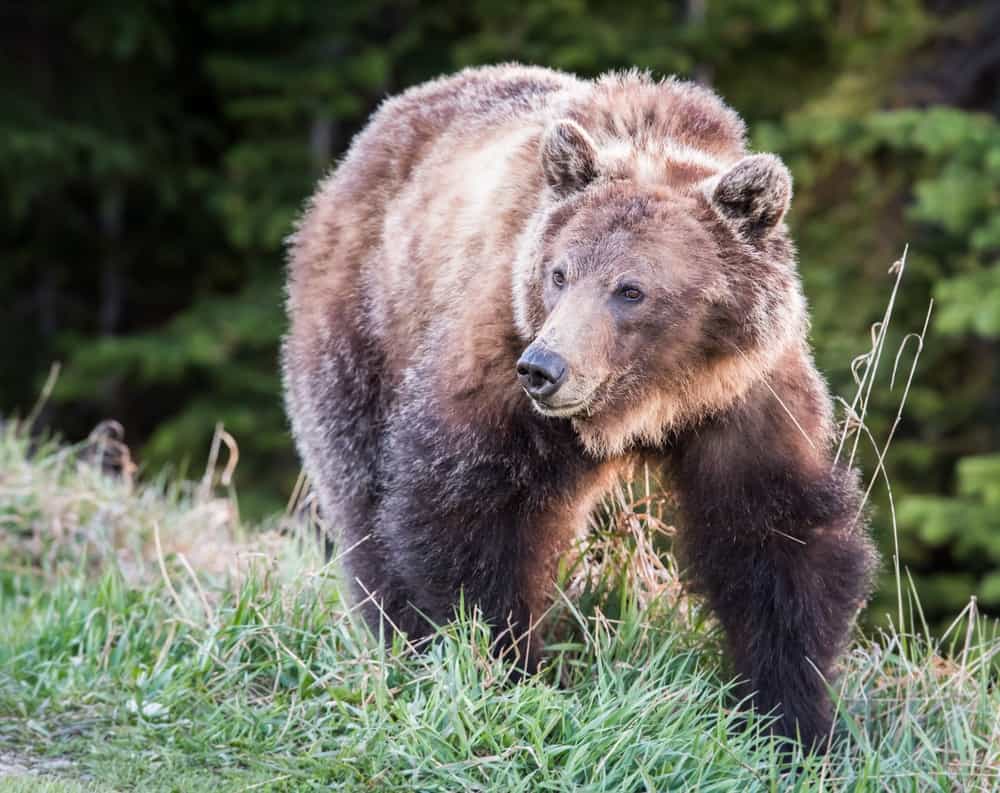
Grizzly bears can be dangerous if they feel threatened. It is best to keep a safe distance and avoid surprising them. Moreover most attacks occur when bears are startled or defending their cubs.
How fast can a grizzly bear run?
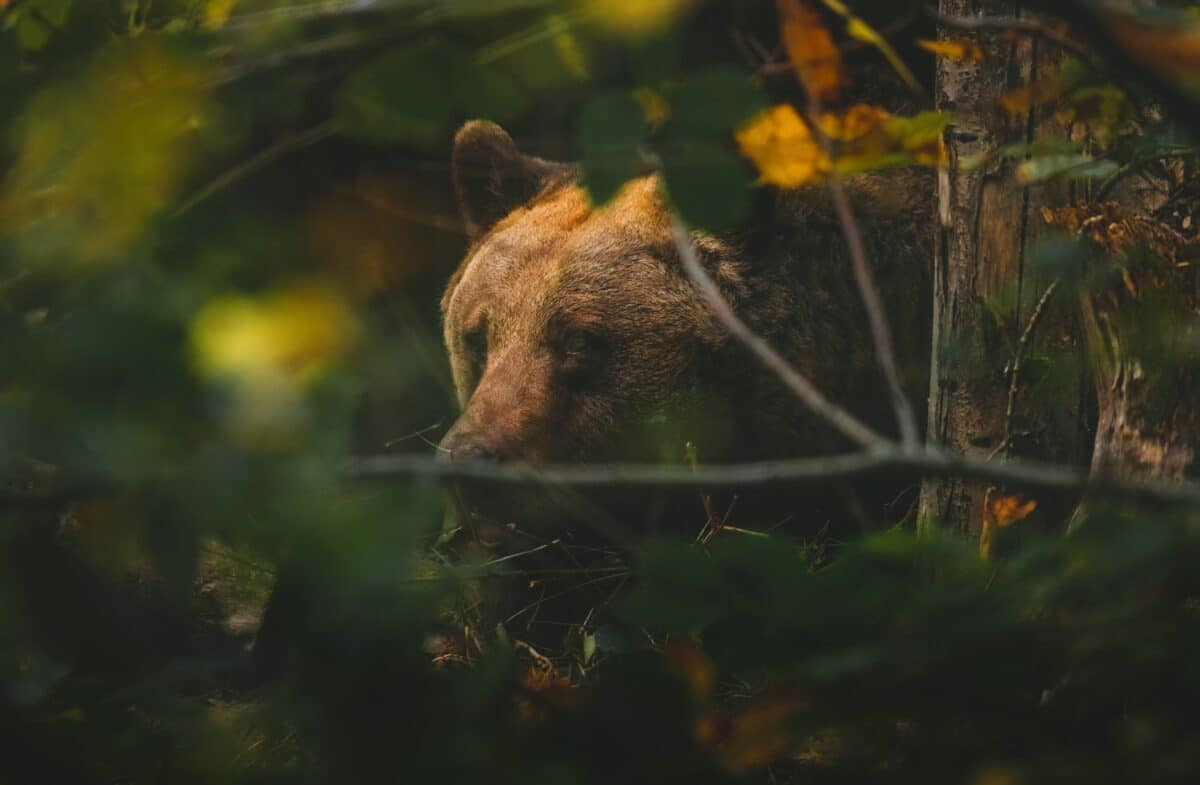
Grizzly bears can run up to 35 miles per hour. They are surprisingly fast for their size, capable of short bursts of speed when chasing prey or fleeing from danger.
Do grizzly bears hibernate?

Grizzly bears do indeed hibernate in the winter. They spend several months sleeping in a den they find. They undergo a dip in body temperature and rely on fat reserves to stay alive during hibernation.
How do grizzly bears hunt?

Grizzly bears use their strong sense of smell to find food. They are powerful and can take down large prey. Evidently they also fish for salmon in rivers and streams during spawning season.
What is the difference between a grizzly bear and a brown bear?
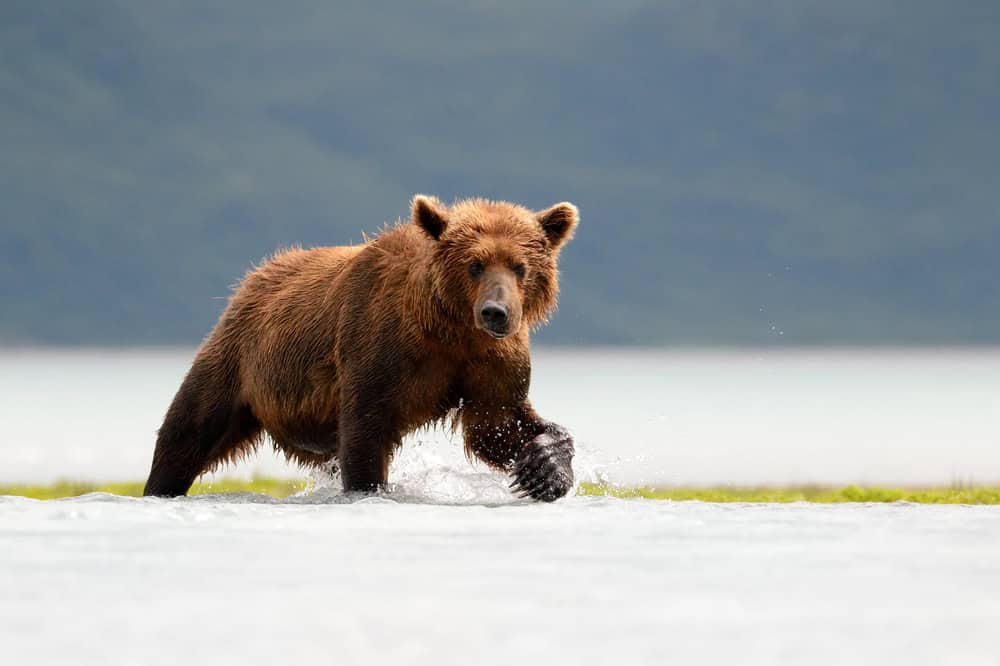
Grizzly bears are a subspecies of brown bears. Grizzlies are usually found inland, while brown bears are coastal. Moreover they have a distinctive hump on their shoulders and longer claws.
How many cubs do grizzly bears have?

Grizzly bears usually have 1 to 3 cubs. The cubs stay with their mother for about two years, learning essential survival skills like hunting and foraging before becoming independent.
When are grizzly bears most active?
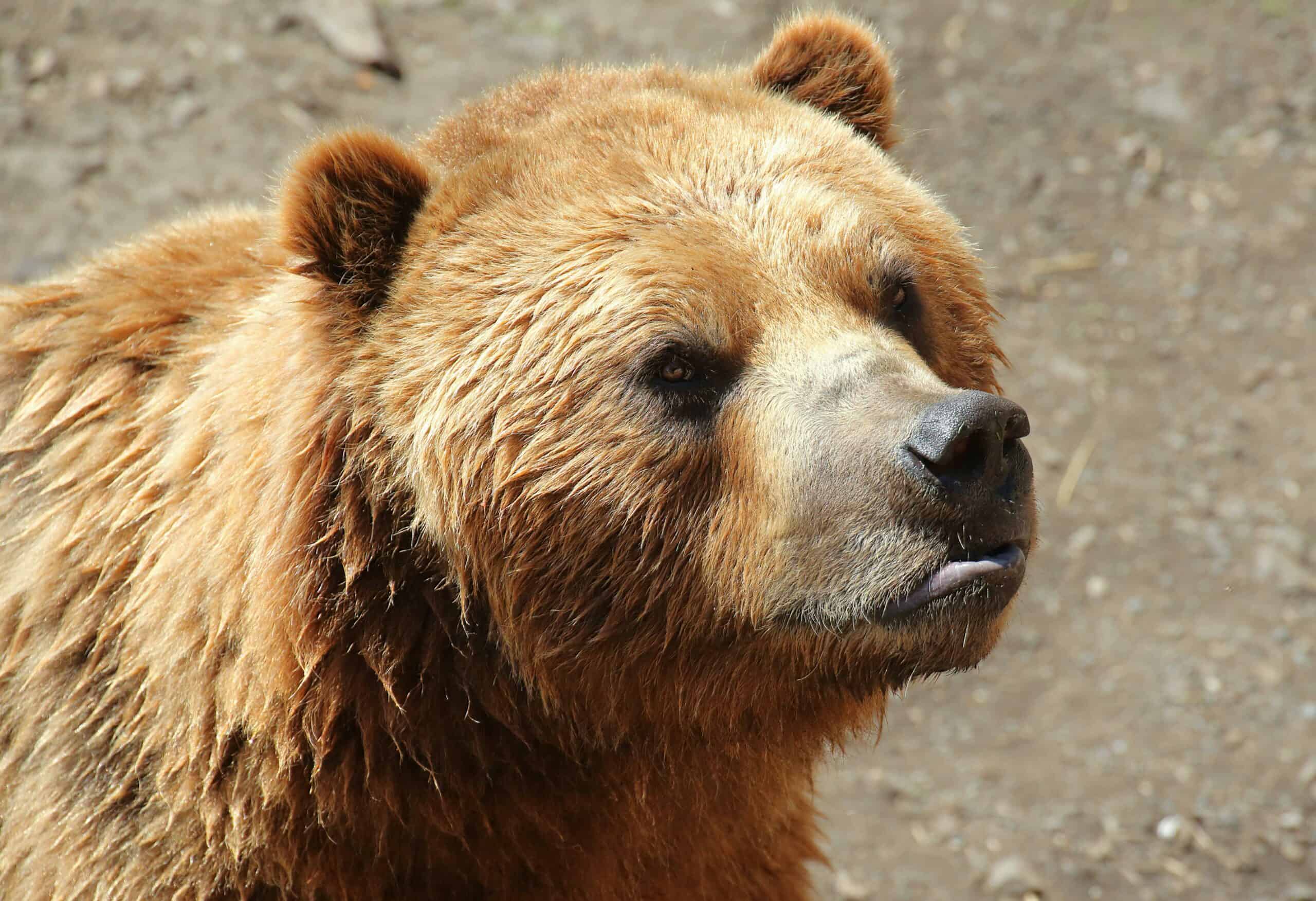
Image by Simon Hurry via Pexels.
Grizzly bears are most active during the early morning and late evening. Generally they often rest during the heat of the day. This activity pattern helps them avoid extreme temperatures and human encounters.
Can grizzly bears swim?
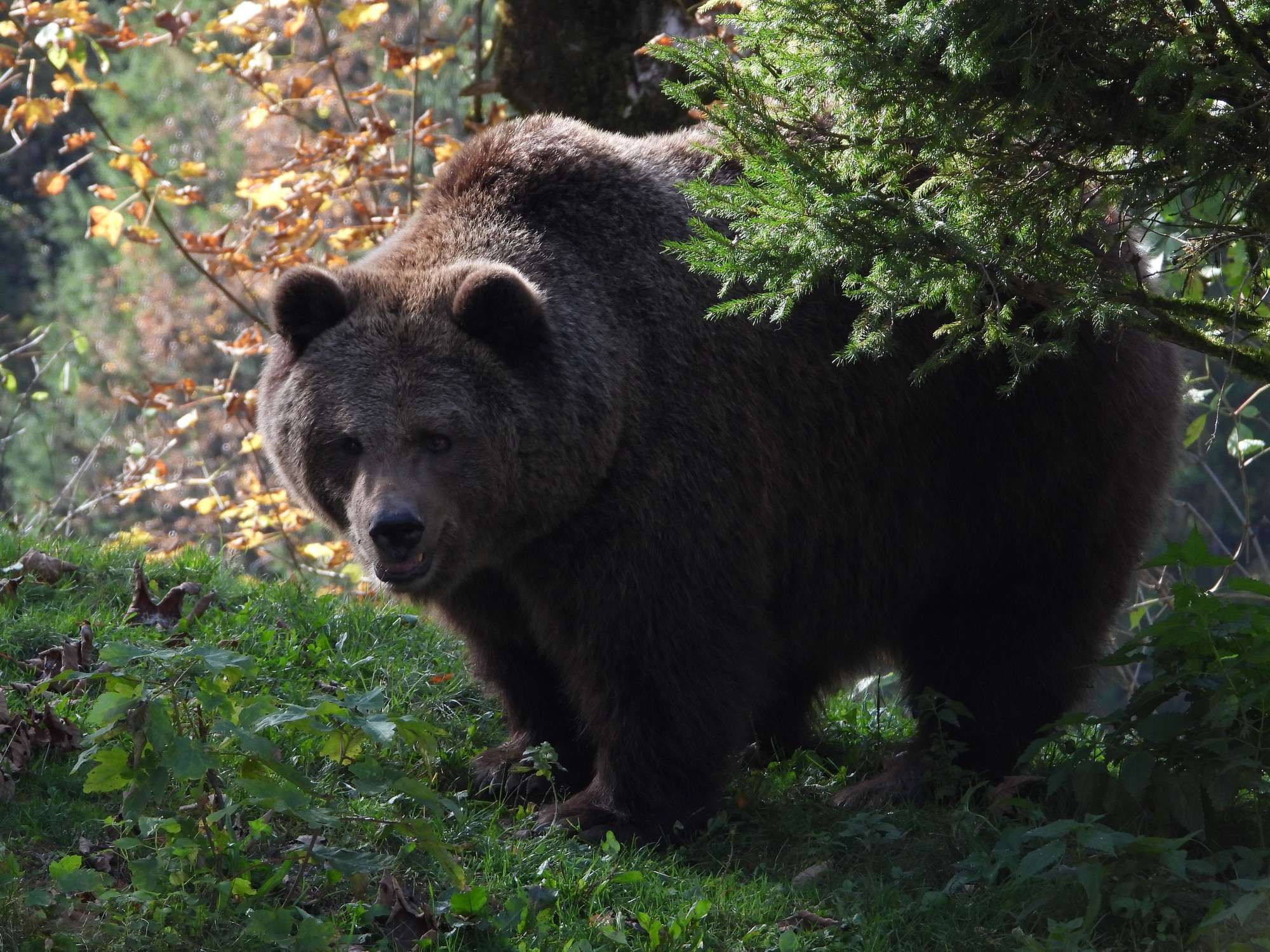
Yes, grizzly bears are good swimmers. They can cross rivers and lakes in search of food. Moreover their strong limbs and buoyant body allow them to swim long distances if needed.
What do grizzly bear tracks look like?
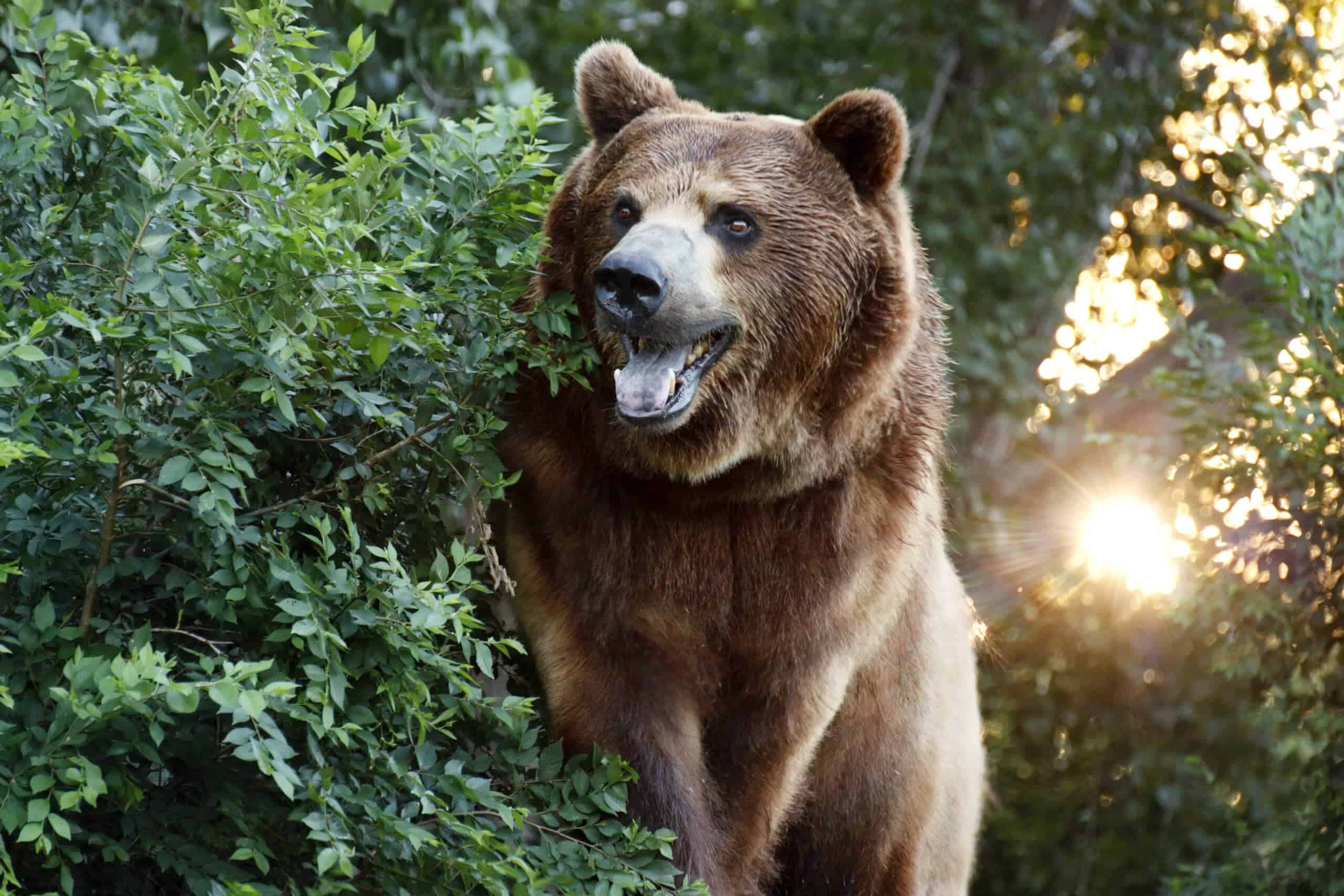
Grizzly bear tracks are large and have five toes. The claws are also visible in the tracks. Front paw prints are broader and more rounded, while rear paw prints are more elongated.
How do they communicate?
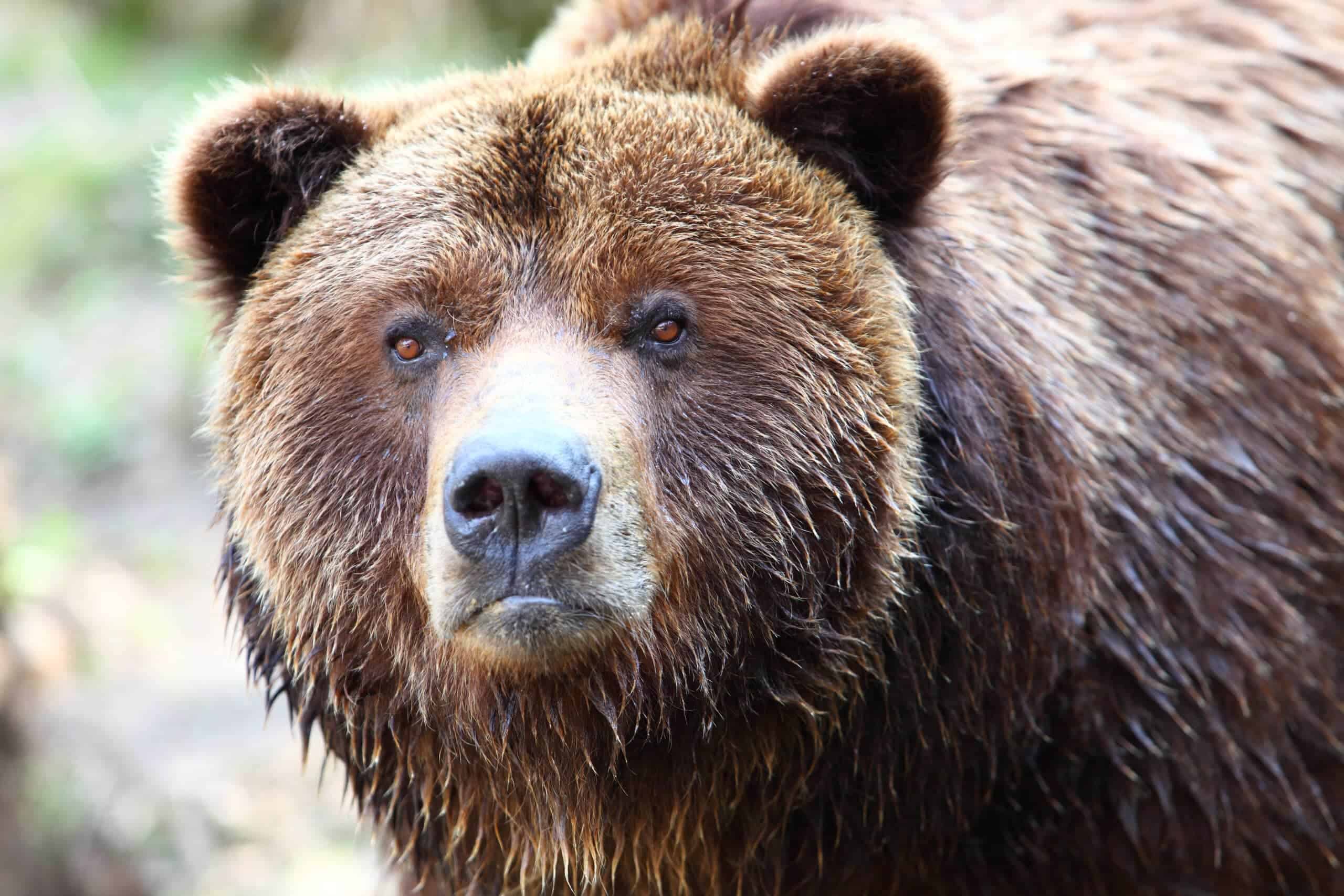
Grizzly bears communicate through vocalizations, body language, and scent marking. They make various sounds, like growls and roars, to express emotions and establish territory.
Why are grizzly bears important to the ecosystem?
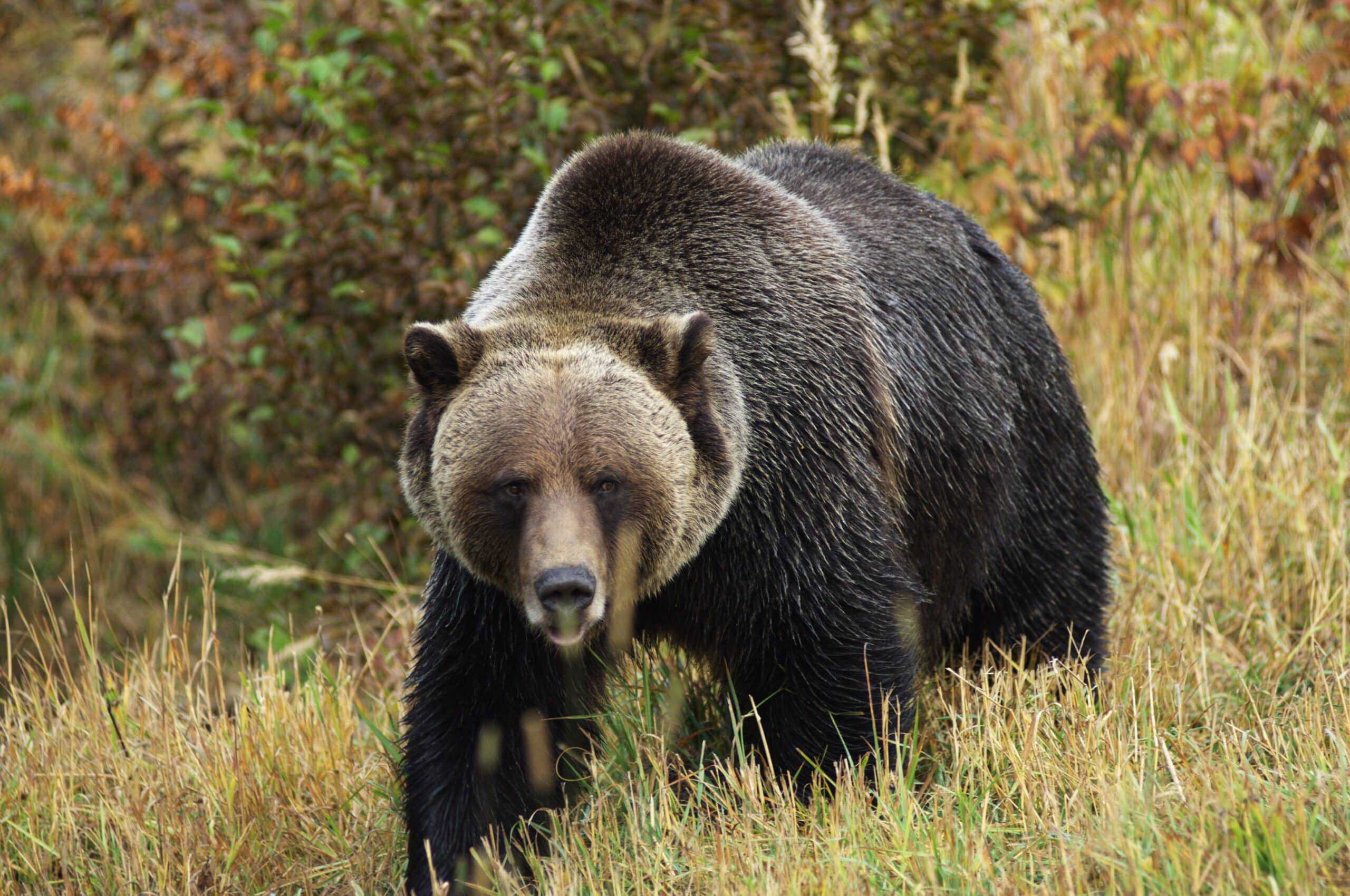
With their scat, grizzly bears aid in managing prey populations and dispersing seeds. Correspondingly they are essential to keeping their habitat in balance, which benefits other plant and animal species. c
What threats do they face?
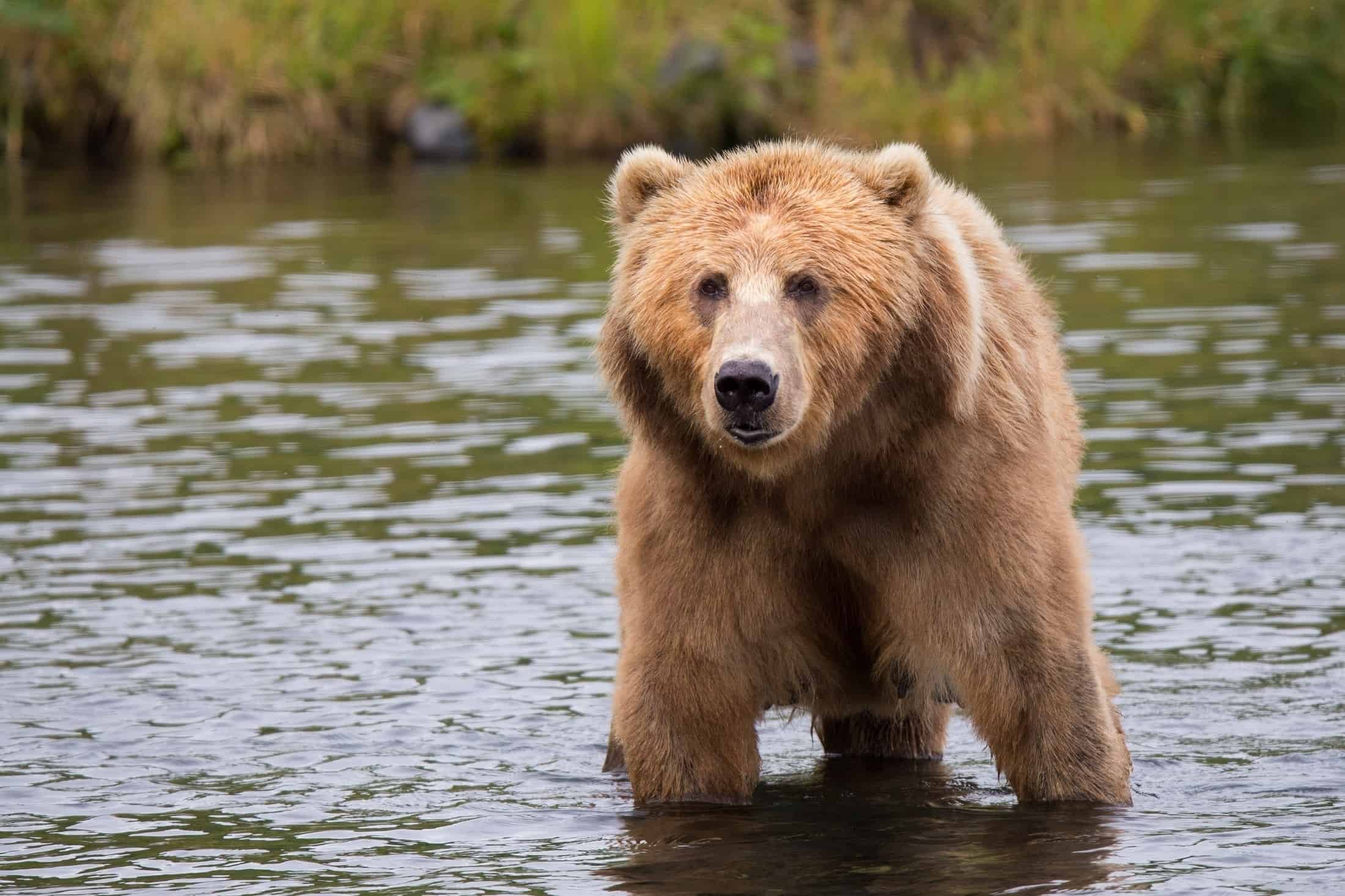
Grizzly bears face threats from habitat loss, human conflicts, and climate change. Encroachment on their territory and reduced food sources due to changing climate patterns impact their survival.
How do grizzly bears raise their young?

Grizzly bear mothers are very protective of their cubs. They nurse them, teach them to find food, and defend them from predators. Cubs stay with their mother for about two years.
Let me know what you think of this grizzly bear spotted close to the campsite in the comments below!
Next up ~
Join our Forum for free today!

- Man Pulled Overboard by Shark in Everglades - June 26, 2024
- Lioness With A Mane Documented In Botswana Is Changing The Game For Her Pride - June 26, 2024
- Tiniest Tiger Cub Brave Journey From Being Rescued To A Wild Man Now - June 26, 2024

